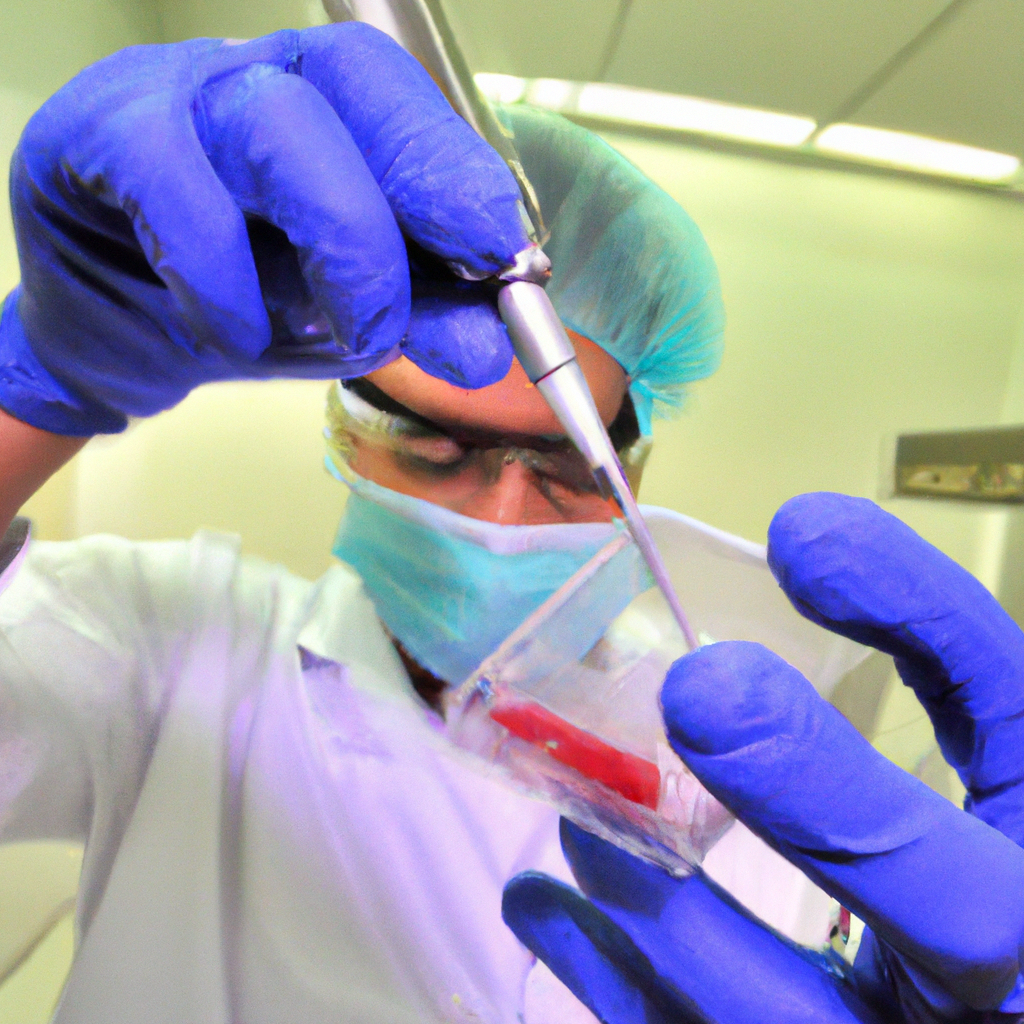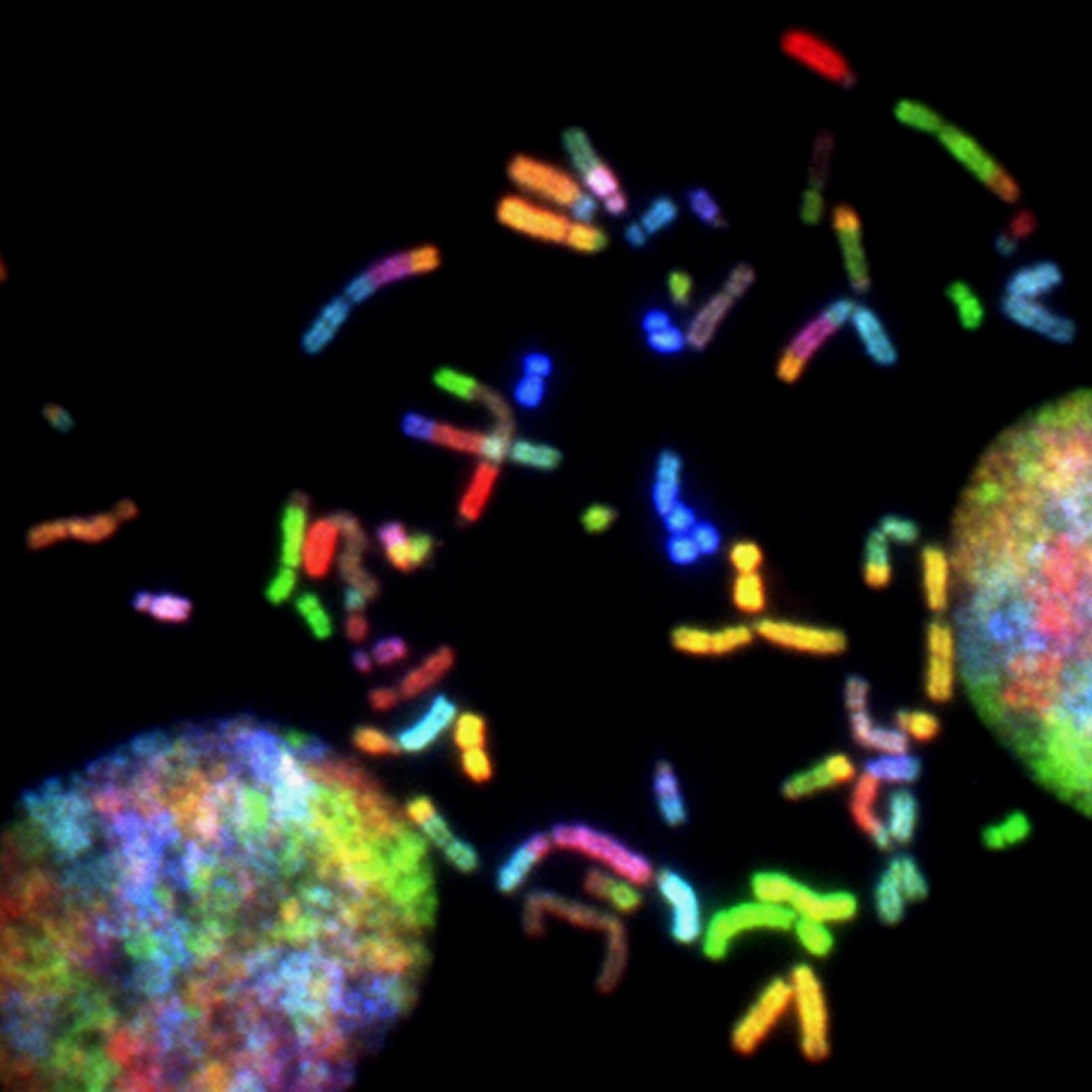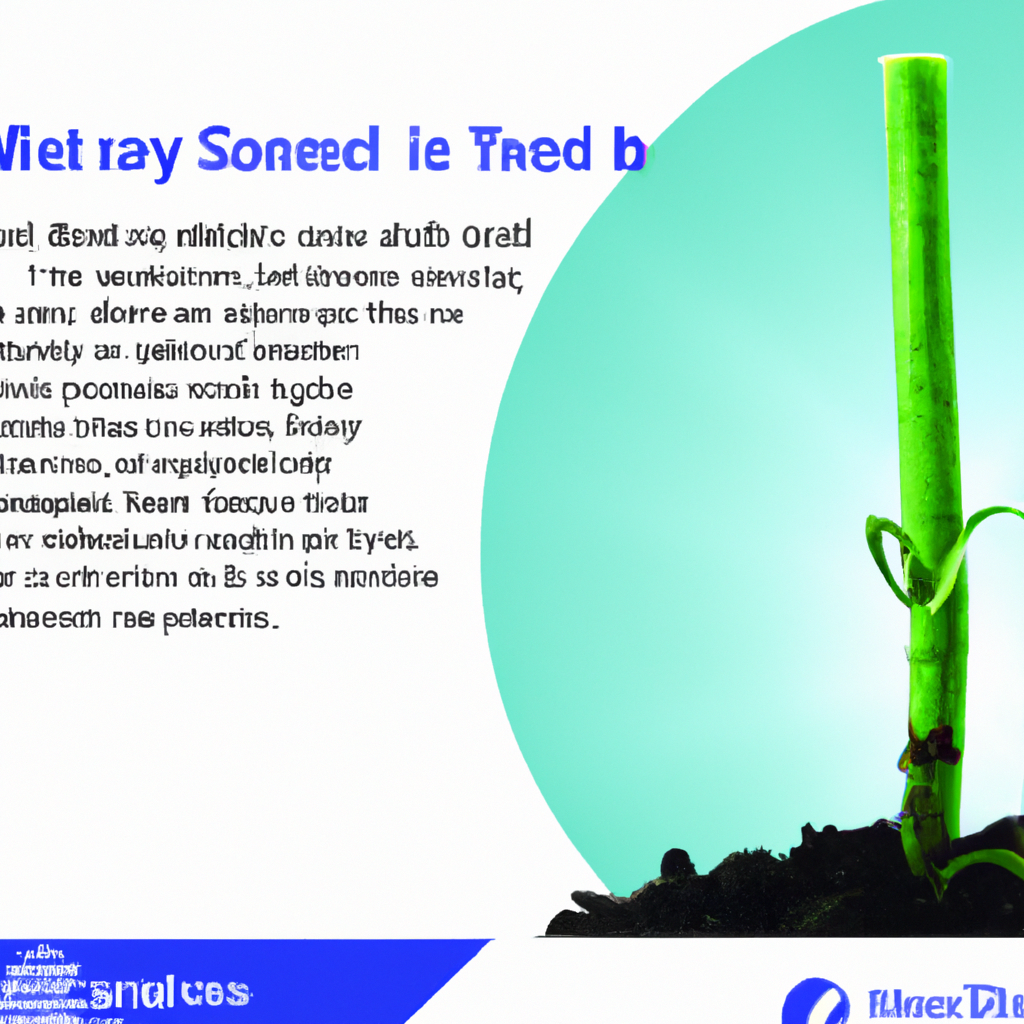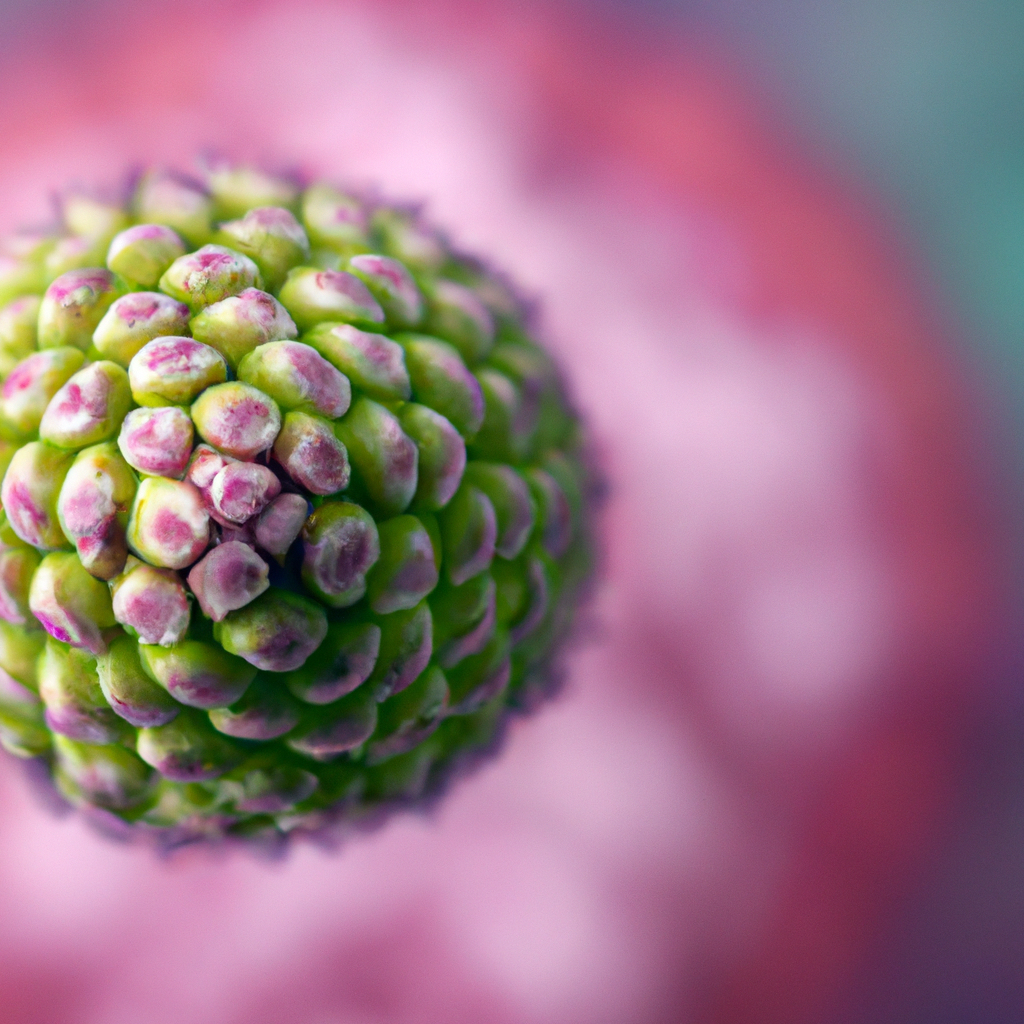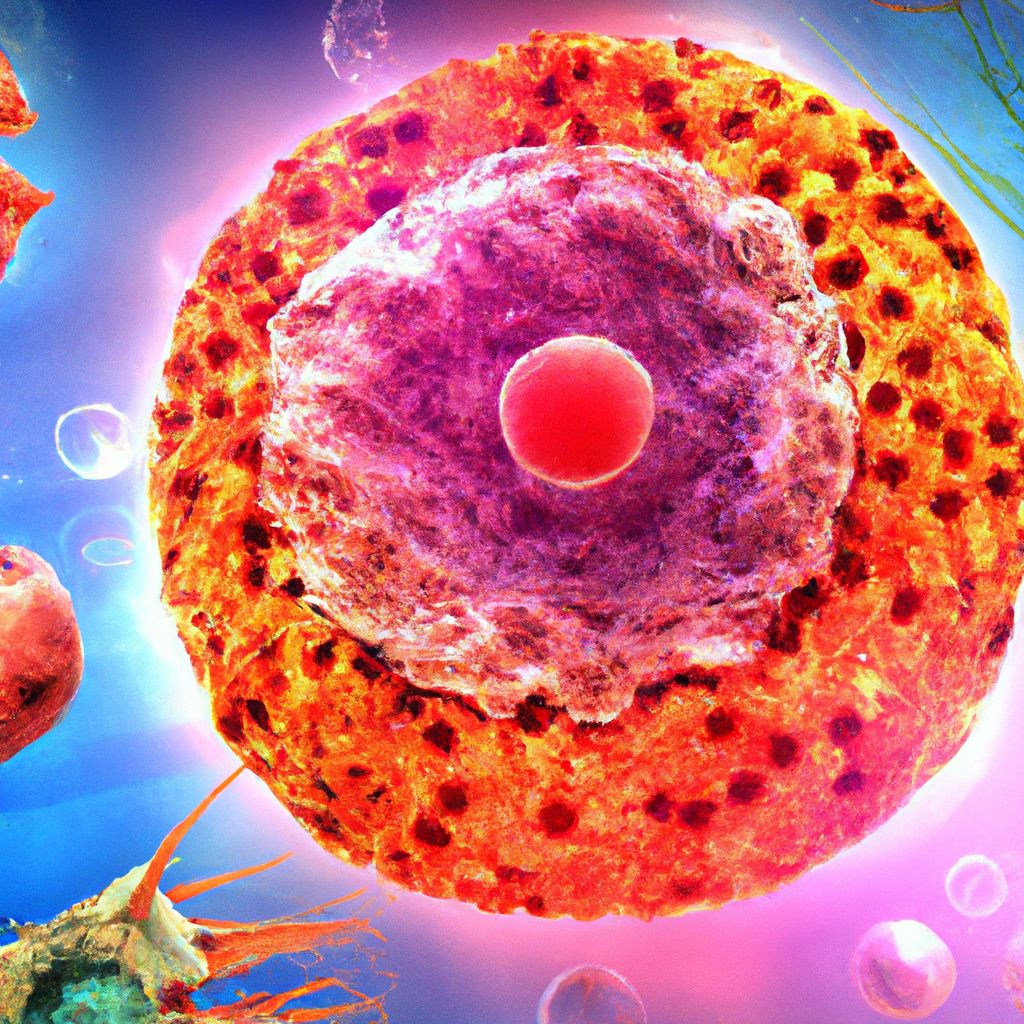Interested in learning about the fascinating world of stem cell extraction and processing in Malaysia? Look no further! In this article, we’ll delve into the intricate process of extracting and processing stem cells, providing you with a comprehensive understanding of this groundbreaking field. Whether you’re a medical professional or simply curious about the subject, we’ll guide you through the steps involved, highlighting the importance and potential benefits of stem cell research in Malaysia. So, let’s dive in and explore the innovative techniques and advancements taking place in this rapidly evolving field!
Overview of Stem Cell Extraction and Processing in Malaysia
Stem cell research has gained significant attention in Malaysia due to its potential in regenerative medicine and the treatment of various medical conditions. Stem cells are unique cells that have the ability to differentiate into different types of cells in the body. They hold promise for the development of new therapies and treatments. In this article, we will explore the history of stem cell research in Malaysia, the methods of extraction and processing of stem cells, stem cell banking, applications of stem cells, and the challenges and future prospects of stem cell research in the country.

History of Stem Cell Research in Malaysia
Stem cell research in Malaysia began in the late 1990s, with the establishment of the National University of Malaysia’s Stem Cell Research Laboratory. Since then, several research institutions and medical centers have been actively involved in the study of stem cells. In 2009, the Malaysian government recognized the importance of stem cell research and provided funding and support to further develop the field. This has led to significant advancements in stem cell research and technology in the country.
Regulation and Ethics of Stem Cell Research in Malaysia
Stem cell research in Malaysia is governed by the Malaysian Stem Cell Registry (MSCR), which was established in 2006. The MSCR is responsible for regulating and overseeing all activities related to stem cell research, including the extraction, processing, and therapeutic use of stem cells. The MSCR ensures that ethical guidelines are followed and that the rights and safety of patients are protected. Researchers and medical practitioners must obtain approval from the MSCR before conducting any stem cell-related procedures.
Extraction Methods for Stem Cells in Malaysia
There are several methods of extracting stem cells in Malaysia, each with its own advantages and applications. These methods include:
1. Bone Marrow Aspiration
Bone marrow aspiration involves the extraction of stem cells from the bone marrow, typically from the hip bone. This method is commonly used in the treatment of blood disorders such as leukemia and lymphoma. The procedure is performed under local anesthesia, and a needle is used to withdraw bone marrow cells containing stem cells. The extracted cells are then processed and cultured to obtain a sufficient number of stem cells for therapeutic use.
2. Peripheral Blood Stem Cell Collection
Peripheral blood stem cell collection is a non-surgical method of extracting stem cells from the bloodstream. The patient’s blood is treated with medication to stimulate the production and release of stem cells from the bone marrow into the bloodstream. The stem cells are then collected using a process called apheresis, where blood is passed through a machine that separates the stem cells from other blood components. This method is commonly used in the treatment of certain cancers and blood disorders.
3. Umbilical Cord Blood Collection
Umbilical cord blood collection involves the extraction of stem cells from the umbilical cord and placenta after childbirth. This method is non-invasive and painless, as the stem cells are collected from the umbilical cord blood, which is typically discarded after delivery. The collected cord blood is then processed and stored in stem cell banks for future therapeutic use. Umbilical cord blood stem cells have been used in the treatment of various blood disorders and immune system diseases.
4. Adipose Tissue Extraction
Adipose tissue extraction, also known as liposuction, involves the extraction of stem cells from fat tissue. This method is less invasive compared to bone marrow aspiration and can yield a higher number of stem cells. Adipose tissue is usually extracted from the abdomen or thigh using a small cannula. The extracted fat tissue is processed to isolate the stem cells, which can then be cultured and expanded for therapeutic purposes. Adipose-derived stem cells have shown promise in regenerative medicine and cosmetic applications.
5. Amniotic Fluid Extraction
Amniotic fluid extraction involves the collection of stem cells from the amniotic fluid surrounding the fetus during pregnancy. This method is typically performed during prenatal testing, such as amniocentesis. The amniotic fluid contains a variety of stem cells, including embryonic-like stem cells and mesenchymal stem cells. These stem cells can be isolated, cultured, and used for various research and therapeutic purposes.
6. Embryonic Stem Cell Extraction
Embryonic stem cell extraction involves the extraction of stem cells from early-stage embryos, typically obtained from fertility clinics or donated embryos. This method is highly controversial and strictly regulated due to ethical concerns. In Malaysia, the extraction and research on embryonic stem cells are subject to stringent guidelines and approvals from the MSCR. Embryonic stem cells have the potential to differentiate into any cell type in the body and hold promise for the treatment of various diseases and conditions.
Processing and Culture of Stem Cells in Malaysia
Once stem cells are extracted, they undergo a series of processing and culture techniques to ensure their viability and quality. These techniques include:
1. Isolation and Purification of Stem Cells
After extraction, stem cells must be isolated and purified from other cells and contaminants. This is typically done through a process called centrifugation, where the stem cells are separated based on their density. The isolated stem cells are then further purified using specific markers or antibodies that target stem cell-specific proteins on their surface. This ensures that only the desired stem cells are used for further processing and culture.
2. Expansion and Propagation of Stem Cells
Once isolated and purified, stem cells are cultured in a controlled environment to promote their growth and expansion. This is typically done in specialized culture dishes or bioreactors that provide the necessary nutrients and growth factors for the stem cells. The culture conditions, such as temperature, oxygen levels, and pH, are carefully regulated to mimic the natural environment required for stem cell growth. Over time, the stem cells multiply and form colonies, increasing their numbers for therapeutic use.
3. Differentiation of Stem Cells
Stem cells have the unique ability to differentiate into different types of cells in the body. In Malaysia, researchers are actively studying the differentiation potential of stem cells to better understand their therapeutic applications. Specific culture conditions and growth factors can be used to guide the differentiation of stem cells into specific cell types, such as neurons, heart cells, or liver cells. Differentiated cells can then be used in tissue engineering, drug testing, or regenerative medicine.
4. Quality Control and Testing Procedures
Throughout the processing and culture of stem cells, strict quality control measures and testing procedures are implemented to ensure the safety and efficacy of the final stem cell product. These measures include checks for cell viability, sterility, genetic stability, and absence of contaminants. Quality control tests may include cell counting, flow cytometry analysis, karyotyping, and functional assays to evaluate the characteristics and functionality of the stem cells. These rigorous testing procedures are crucial to maintain the integrity and reliability of stem cell-based therapies.
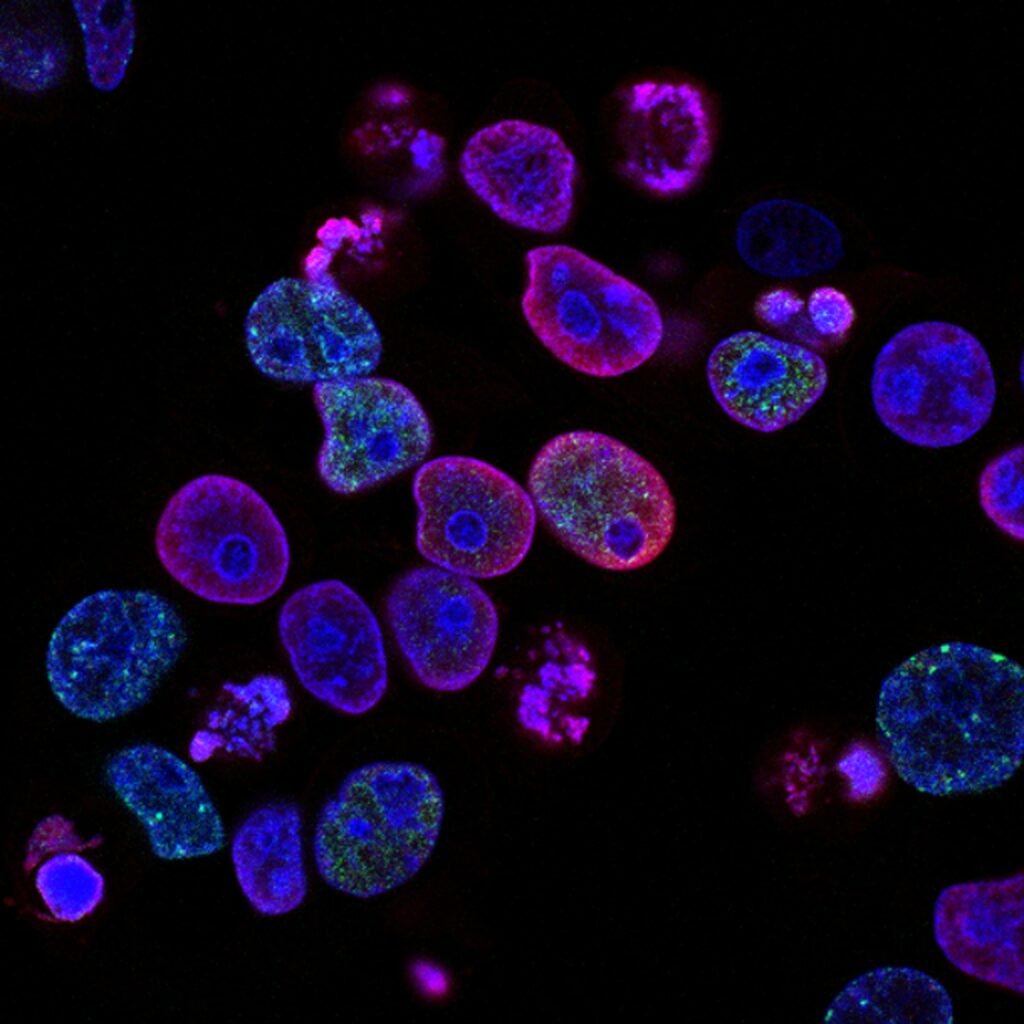
Stem Cell Banking in Malaysia
Stem cell banking involves the long-term storage and preservation of stem cells for future therapeutic use. In Malaysia, there are both private and public stem cell banks that offer these services.
Importance of Stem Cell Banking
Stem cell banking is important as it allows individuals to preserve their own stem cells or those of their family members for potential future therapeutic use. Stem cells are unique to each individual and can serve as a valuable resource in case of medical emergencies or the development of new treatments. Banking stem cells is particularly important for families with a history of genetic diseases or conditions that can be treated with stem cell therapy.
Public vs Private Stem Cell Banks
In Malaysia, there are both public and private stem cell banks. Public banks collect and store donated umbilical cord blood for public use. The donated cord blood is tested, processed, and stored in a publicly accessible registry. This allows individuals without a private stem cell bank to potentially find a matching stem cell donor for therapeutic purposes. Private stem cell banks, on the other hand, store stem cells exclusively for the donor and their family’s use. Private banking offers the advantage of personalized and secure access to one’s own stem cells.
Process of Stem Cell Banking in Malaysia
The process of stem cell banking in Malaysia typically involves the following steps:
-
Pre-enrollment: Individuals or families interested in stem cell banking contact a stem cell bank to inquire about the services and enrolment process. They are provided with comprehensive information about the benefits and costs of stem cell banking.
-
Collection: For umbilical cord blood banking, the stem cell bank provides a collection kit that is used by healthcare professionals during childbirth. The umbilical cord blood is collected in a sterile bag or container and transported to the stem cell bank within a specific timeframe for processing and storage.
-
Testing and Processing: At the stem cell bank, the collected umbilical cord blood or other stem cell samples undergo testing to determine the viability and quality of the stem cells. The samples are processed to isolate and concentrate the stem cells, and cryoprotective agents are added to protect them during freezing.
-
Cryopreservation: The processed stem cells are cryopreserved using specialized freezing techniques to ensure long-term preservation. The stem cells are slowly cooled to very low temperatures and stored in liquid nitrogen tanks, where they can be preserved for many years without significant loss of viability.
-
Storage and Maintenance: The stem cell bank is responsible for the storage and maintenance of the cryopreserved samples. The storage facility must adhere to strict quality control standards, including continuous temperature monitoring and backup systems to ensure the integrity and viability of the stored stem cells.
Applications of Stem Cells in Malaysia
Stem cells have a wide range of applications in various fields of medicine in Malaysia. These applications include:
1. Stem Cell Therapy in Regenerative Medicine
Stem cell therapy has shown promise in regenerative medicine, where damaged or diseased tissues and organs can be repaired or replaced using stem cells. In Malaysia, researchers are exploring the use of stem cells in the regeneration of damaged heart tissue, joint cartilage, and spinal cord injuries. Stem cell therapy holds potential for improving the quality of life for patients suffering from chronic diseases or debilitating injuries.
2. Treatment of Blood Disorders
Stem cell transplantation has been successfully used in the treatment of various blood disorders, such as leukemia, lymphoma, and thalassemia. In Malaysia, stem cell transplantation, particularly using bone marrow or peripheral blood stem cells, is a well-established treatment option for these conditions. Stem cell transplantation can help restore healthy blood cell production and improve the patient’s overall prognosis.
3. Cosmetic Applications of Stem Cells
Stem cells are also being used in cosmetic procedures in Malaysia to promote skin rejuvenation and anti-aging effects. Stem cells derived from adipose tissue or other sources are injected into the skin to stimulate collagen production, improve skin texture, and reduce the appearance of wrinkles and fine lines. These innovative treatments offer a non-surgical alternative for individuals seeking youthful and radiant skin.
4. Potential for Treating Neurological Conditions
Stem cells have shown potential in the treatment of neurological conditions such as Parkinson’s disease, Alzheimer’s disease, and spinal cord injuries. In Malaysia, researchers are conducting studies to evaluate the safety and efficacy of stem cell therapies for these conditions. The ability of stem cells to differentiate into neurons and promote neural regeneration holds promise for improving the outcomes and quality of life for patients with neurological disorders.
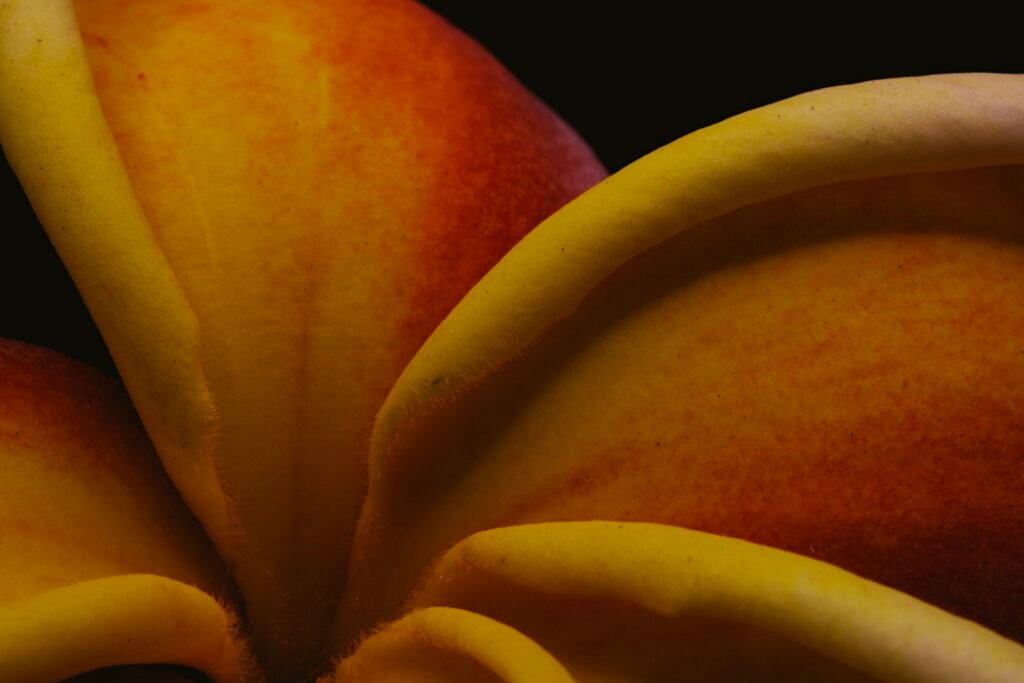
Challenges and Future Prospects of Stem Cell Research in Malaysia
While stem cell research in Malaysia has made significant progress, there are several challenges and future prospects that need to be addressed:
1. Limited Awareness and Acceptance
One of the main challenges in stem cell research is the limited awareness and acceptance among the general public. Many individuals may not be familiar with the potential benefits and applications of stem cells, leading to hesitation and skepticism. Increasing public awareness through educational campaigns and engaging with healthcare professionals can help address these challenges and promote the acceptance of stem cell research.
2. High Costs of Stem Cell Procedures
Another challenge is the high costs associated with stem cell procedures and treatments. Stem cell therapies are often not covered by insurance, making them inaccessible to a large portion of the population. Reducing the costs and expanding insurance coverage for stem cell procedures can help make these treatments more affordable and accessible to those who need them.
3. Need for Continuous Research and Development
Stem cell research is a rapidly evolving field, and there is a need for continuous research and development to further understand the potential of stem cells and improve their applications. Collaborative efforts between research institutions, medical centers, and the government can help foster innovation and drive advancements in stem cell research in Malaysia. Funding and support for research projects and clinical trials are crucial for the progress of stem cell therapies.
Conclusion
Stem cell research and therapy have immense potential in Malaysia, offering hope for the treatment of various medical conditions and the improvement of patients’ quality of life. The extraction and processing of stem cells in Malaysia involve a variety of methods, each with its own advantages. Stem cell banking provides individuals with the opportunity to preserve their own stem cells for potential future therapeutic use. Stem cell applications in Malaysia encompass regenerative medicine, treatment of blood disorders, cosmetic procedures, and the potential for treating neurological conditions. Despite challenges such as limited awareness, high costs, and the need for continuous research, the future of stem cell research in Malaysia looks promising as researchers and medical professionals strive to unlock the full potential of stem cells in improving healthcare outcomes.
